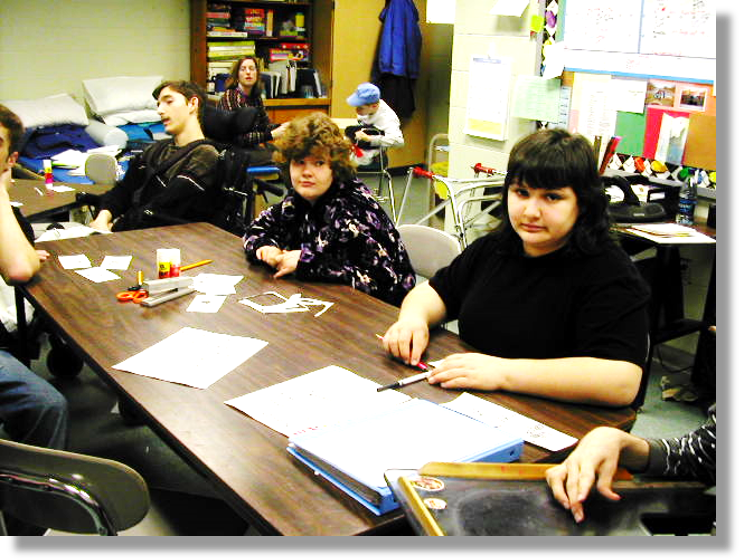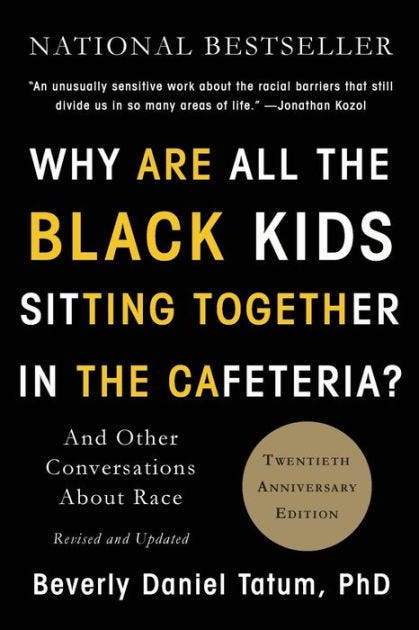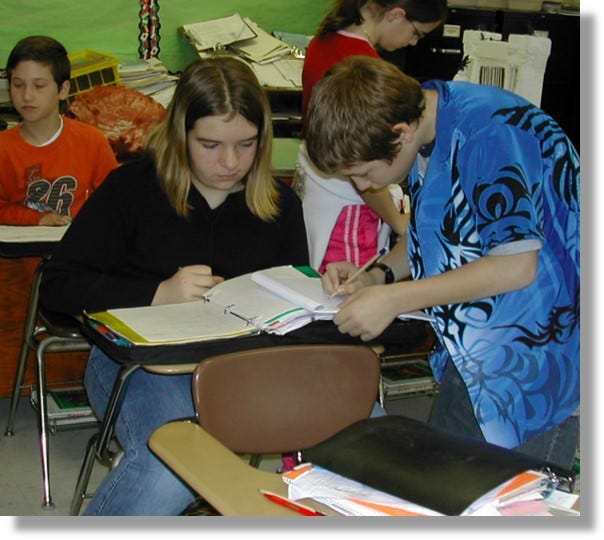How to Include Students with Disabilities in General Education in 4 Easy Steps
Inclusive education is not rocket science, but it does have some prerequisites.
One of my favorite team-building activities involves paper airplanes
Here is the rundown. Let’s say you have a group of ten people. The task is to create a paper airplane design by yourself and then test it against everyone else’s by throwing it from a line to see how far it goes.
After everyone has thrown their airplane, the group collaborates and makes a new design based on the airplanes that went the farthest.
Essentially, the group uses the most effective ideas to create a model for people to copy and improve upon.
When I started in my journey of being an inclusionist, I felt that inclusive education was the right thing to do. And I even tried doing it myself (making my own paper airplane). I quickly realized after doing some research there was a long history of educators including students with disabilities. All I had to do was replicate what they did and maybe even improve upon it.
After I learned about the practical nuts-and-bolts of inclusive education (what it looked like), I found that the biggest barrier wasn’t that people didn’t know how to include students with disabilities. They didn’t think there was a problem with how we are educating disabled students in the first place.
As we have seen with other systemic issues in the world, if you deny a problem exists, it is difficult to change the system that perpetuates it.
So, to make it easy, I’m going to break it down in the simplest terms I can. And maybe, if these steps resonate, you can share them with your friends and colleagues.
Step 1: Recognize the problem is how we think about disability.
An old way of looking at disability is to see the problem as located primarily in the child. The approach was to diagnose the problem to fix it or make the child more “normal.” This medical model considers disability to be wrong and something to be corrected.
Once the United States Congress passed the Individuals with Disabilities Education Act, we did not suddenly become inclusion experts. In fact, many school districts built special buildings or created special classes. And TBH, the education field was surprised at the growth and learning that occurred when students with disabilities were taught with their peers. In the 1990s and beyond, our view of disability began to change.

A more modern way of looking at disability is to see the problem in the environment, curriculum, or attitude. It is how our society is constructed that is the problem.
Instead, we ask:
How can we change the physical environment so the student can participate?
How can we modify instruction so the child will learn with their peers?
With the social model of disability, the emphasis is on fixing barriers in the environment.
With the medical model, special education means teaching a different curriculum.
With the social model, special education means adapting the instruction all students receive so that the students with a disability can participate.
With the medical model, having a disability means you are defective.
With the social model, having a disability is a natural part of the human experience.
With the medical model, having a disability means you need something “different” in a separate place.
With the social model, having a disability means you need more “support” to be included.
The vast majority of students with intellectual disabilities are educated in separate classrooms. We have to recognize this as a problem, or we won’t be able to make the changes to our educational system.
Step 2: Understand what inclusive education is and isn’t.
For a long time, I mistakenly thought that inclusive systems could include students with disabilities in general education while simultaneously having segregated disability-specific special education classrooms. Yes, I’m talking about that autism, intellectual disability, or emotional-behavioral disorder program that your district is so proud of. I was wrong y’all. So wrong
But, Tim, where are we going to put all of these kids?! I’ll get to that. Hear me out.
I want to provide a baseline to what I think are the basics.
When we are talking about inclusion, we are talking about all students. Not just students with disabilities. And this also means any students that have been historically marginalized. So let’s start there.
The general education classroom and neighborhood school are where all children, regardless of disability, are assumed to be educated
All school staff makes sure that each student is a full member of the school community
All learners are presumed competent (the belief that anyone can learn and positively contribute)
Special education teachers collaborate with general education teachers to plan for all students (including those who need the most support and the most challenge)
The general curriculum is adapted for children with disabilities so that they can follow it at their level
All educators are accountable for all learners progress
No classroom has an overrepresentation of students with disabilities creating balanced classrooms (natural proportions)
Co-teaching, co-planning, and co-assessment are a normal part of the culture of the school (special and general education teachers working together to deliver instruction)
Here is a quick 2-minute video of what this looks like in practice.
I just recently wrote about ways your school might be doing inclusion wrong. Here is a link if you missed it.
8 Ways Your School Might Be Doing Inclusion Wrong
Step 3: Start making some changes to how we educate students with disabilities.
Ok, back to your burning question.
We have to start making some changes. Here is a possible place to start.
A big first step is to make a plan, however small, to start moving students who are educated in special education classrooms back to regular classrooms.
Ideally, a principal or assistant superintendent or another school leader will read this article and think to themselves, “I can do this!”

This looks like starting with one grade level at one school and changing how students are scheduled.

In this image, a school is scheduling for the next school year by looking at distributing students to create balanced classrooms.
One of the things schools most often do is consolidate students with disabilities in one classroom and call it the “inclusion” class. As if that is the only class where students with disabilities are expected to belong.
In this activity, only students’ needs are distributed. Later activities include assigning roles and support to students but not necessarily particular teachers. This way, the students are scheduled for first, and then school leaders look at their pool of resources to see how to support learners.
This is no different from what many great schools are already doing, except that most schools don’t include students in special education program classes as they distribute students across classrooms.
When I was a teacher for a segregated autism program, we tried a modified method of this activity. And we found it pretty successful, but because there was an overrepresentation of students with autism at my school (because it was not their neighborhood school), it was unsustainable.
Step 4: Tell your friends and colleagues why inclusion is important.
Why should we include students with disabilities in general education classrooms anyway?
First, our law directs us to include students with disabilities as much as possible.
40 years of research proves inclusive education works. This research has examined academic and social outcomes, comparing students taught in separate settings and those similar students who have been included. The research also examined the impact of inclusion on nondisabled students
Here is what we have found. Inclusive education benefits everyone. Students have better academic outcomes, social relationships, and are more likely to be employed after school.
Second, research says that teacher collaboration creates better instructional practice for everyone. Students without disabilities learn as much or more. They also develop empathy and value diversity in their community.
Finally, inclusion is the right thing to do for all human beings. Disability is a natural part of the human experience. All students should be educated and have membership in their neighborhood school. It is a matter of justice.
Shout it from the rooftops y’all. Inclusion is grand, and it is happening all around the United States and the world. All you have to do is look for it.
Next time on The Weeklyish, I want to address a couple of different questions that I know will come up.
One, what about students who we haven’t figured out how to include in a meaningful way? Great question!
Two, what about families who don’t want an inclusive classroom and believe a separate and segregated education is better? Another great question!
Stay tuned and share this newsletter with someone who you think may want this information.
Have a great weekend!
Tim
ICYMI
Electric Shock Therapy Isn’t a Solution; It’s Torture
5 Graduation Stories You Need to Know
In The News
Biden’s Budget Includes Boost To Special Ed, Disability Services
Meet The Manager Trying To Open Doors For People With Disabilities In Hollywood
What I’m Reading

What I’m Watching
What I’m Listening To
What’s in my Timeline


From the Wayback Machine
Let’s Make Science Instruction Available To All Students






